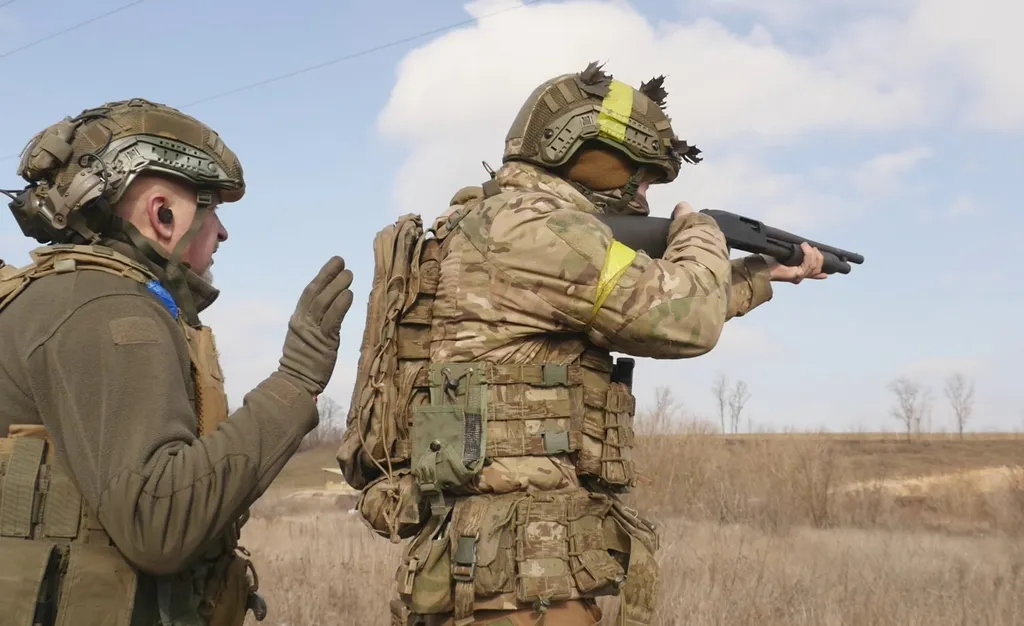The rapid evolution of battlefield tactics is reshaping the defence technology landscape, particularly in the realm of drone warfare. As Ukrainian and Russian forces adapt to the challenges of modern combat, traditional and unconventional methods are gaining prominence, challenging the dominance of advanced drone detection and countermeasure systems.
DroneShield, once celebrated as a sharemarket darling, is now facing significant scrutiny as its signature products encounter practical limitations on the battlefield. Military insiders report that soldiers on both sides of the conflict are reverting to old-fashioned shotguns to bring down drones, a stark contrast to the high-tech solutions DroneShield has developed. This tactical shift underscores the unpredictable nature of warfare and the need for versatile, adaptable defence technologies.
The recent revaluation of DroneShield has been marked by a dramatic drop in stock price following the sale of $70 million worth of shares by key executives, including the CEO, chairman, and a third director. This financial turmoil has raised questions about the company’s future and the efficacy of its products in real-world combat scenarios.
Andrew Tillett, Europe correspondent for The Australian Financial Review, highlights the broader implications of these developments. “As the battlefield evolves, so too must the technologies designed to protect our forces,” Tillett notes. “The reliance on shotguns to counter drones is a clear indication that current high-tech solutions may not be as foolproof as initially believed.”
Tess Bennett, technology reporter for The Australian Financial Review, adds, “The rapid adaptation of tactics by soldiers in Ukraine and Russia serves as a reminder that defence technology must be agile and responsive to changing conditions. The challenges faced by DroneShield underscore the need for continuous innovation and diversification in the defence sector.”
The situation also reflects broader geopolitical dynamics, where the war in Ukraine has become a testing ground for new military technologies and strategies. The lessons learned from this conflict are likely to influence defence policies and technological investments worldwide.
As the defence industry grapples with these challenges, the focus is shifting towards developing more versatile and cost-effective solutions. The reliance on shotguns to counter drones, while a temporary measure, highlights the need for innovative approaches that can adapt to the unpredictable nature of modern warfare.
The future of drone warfare will likely see a blend of high-tech and low-tech solutions, with an emphasis on adaptability and cost-efficiency. For companies like DroneShield, this means a critical reassessment of their product offerings and a renewed commitment to meeting the evolving needs of military forces on the ground.
In conclusion, the shifting tactics in Ukraine serve as a microcosm of the broader challenges and opportunities in the defence technology sector. As military forces adapt to new threats, the industry must respond with innovative, versatile solutions that can withstand the test of real-world combat. The lessons from this conflict will undoubtedly shape the future of drone warfare and the defence technologies that underpin it.

